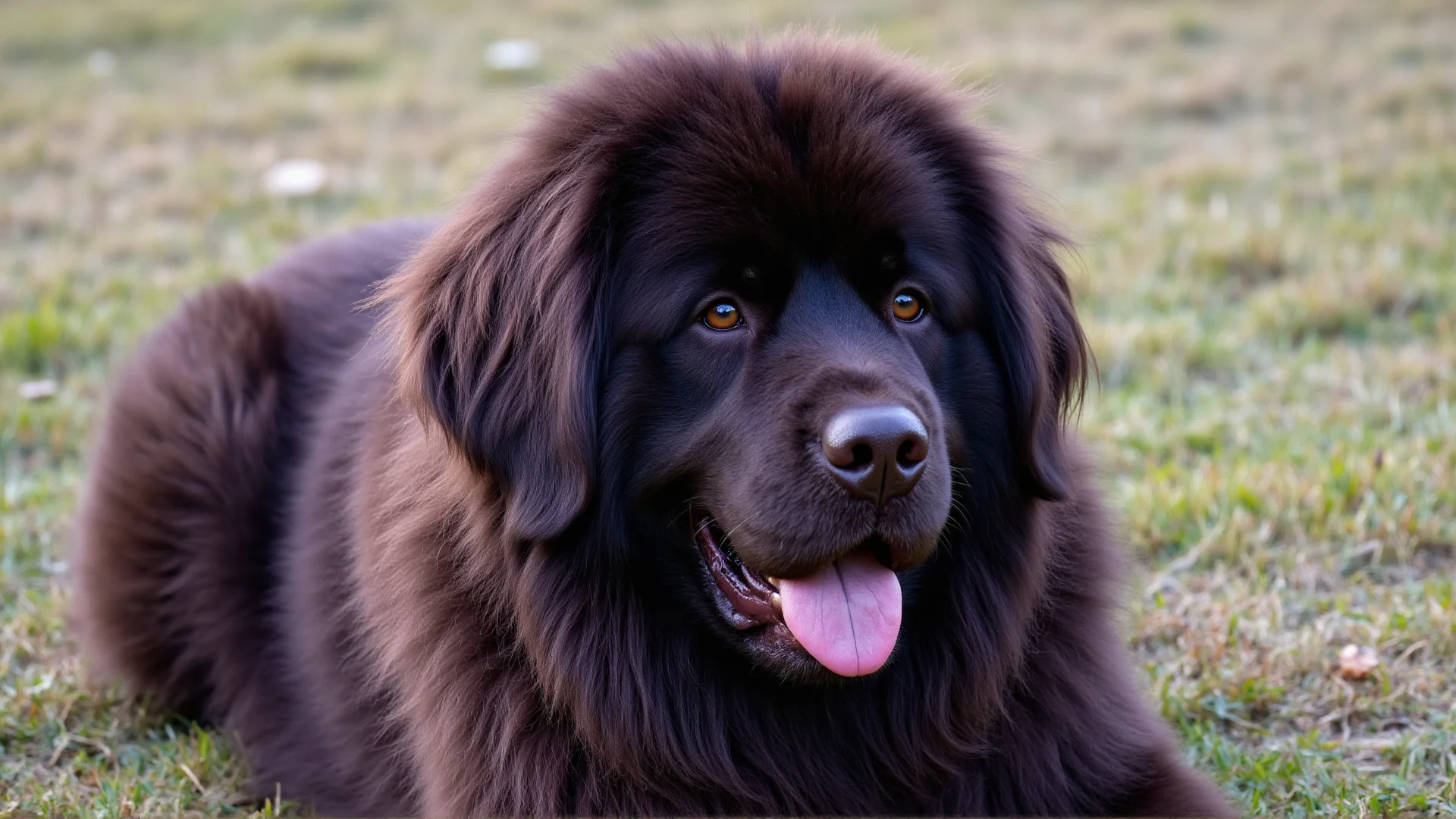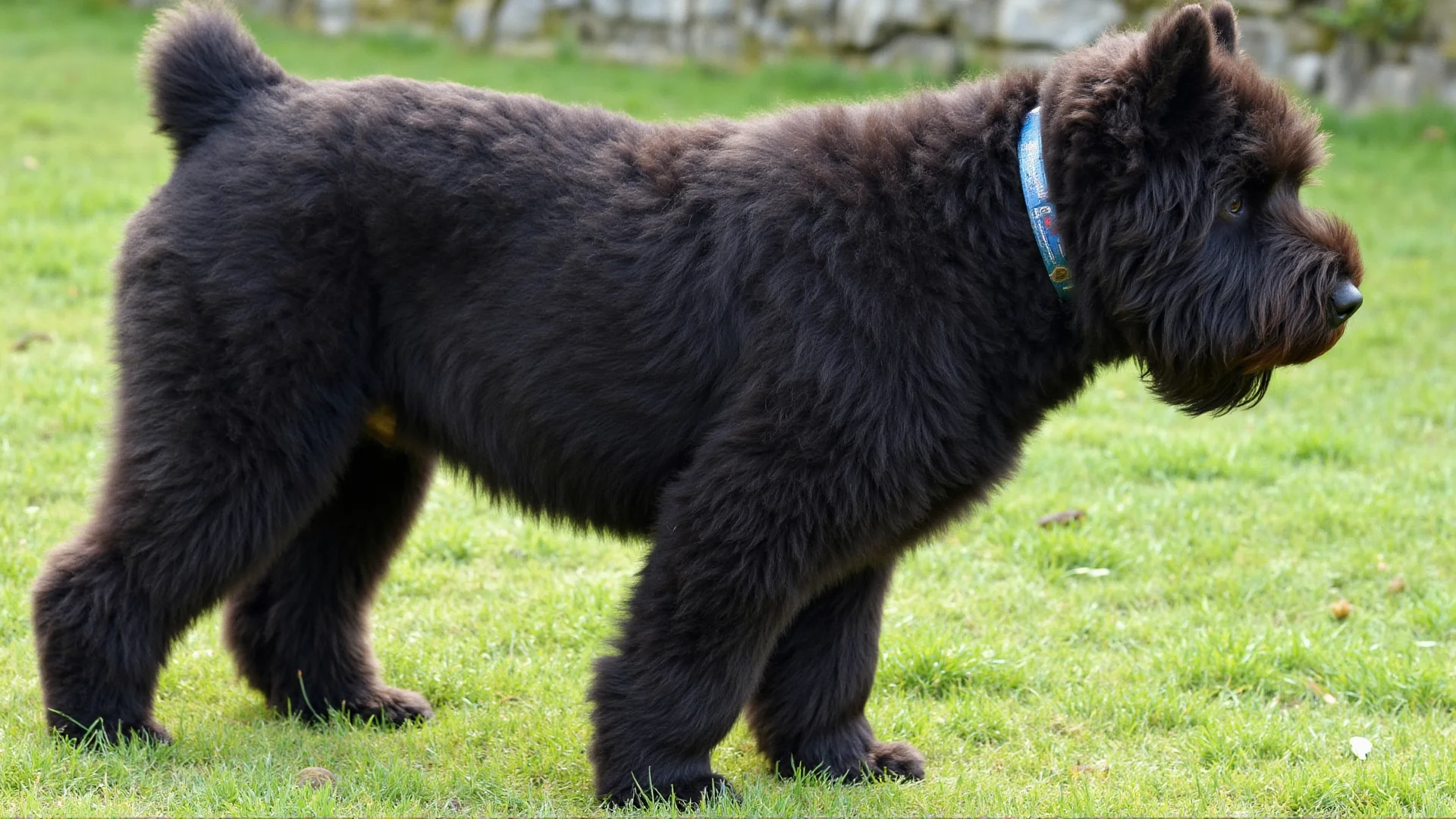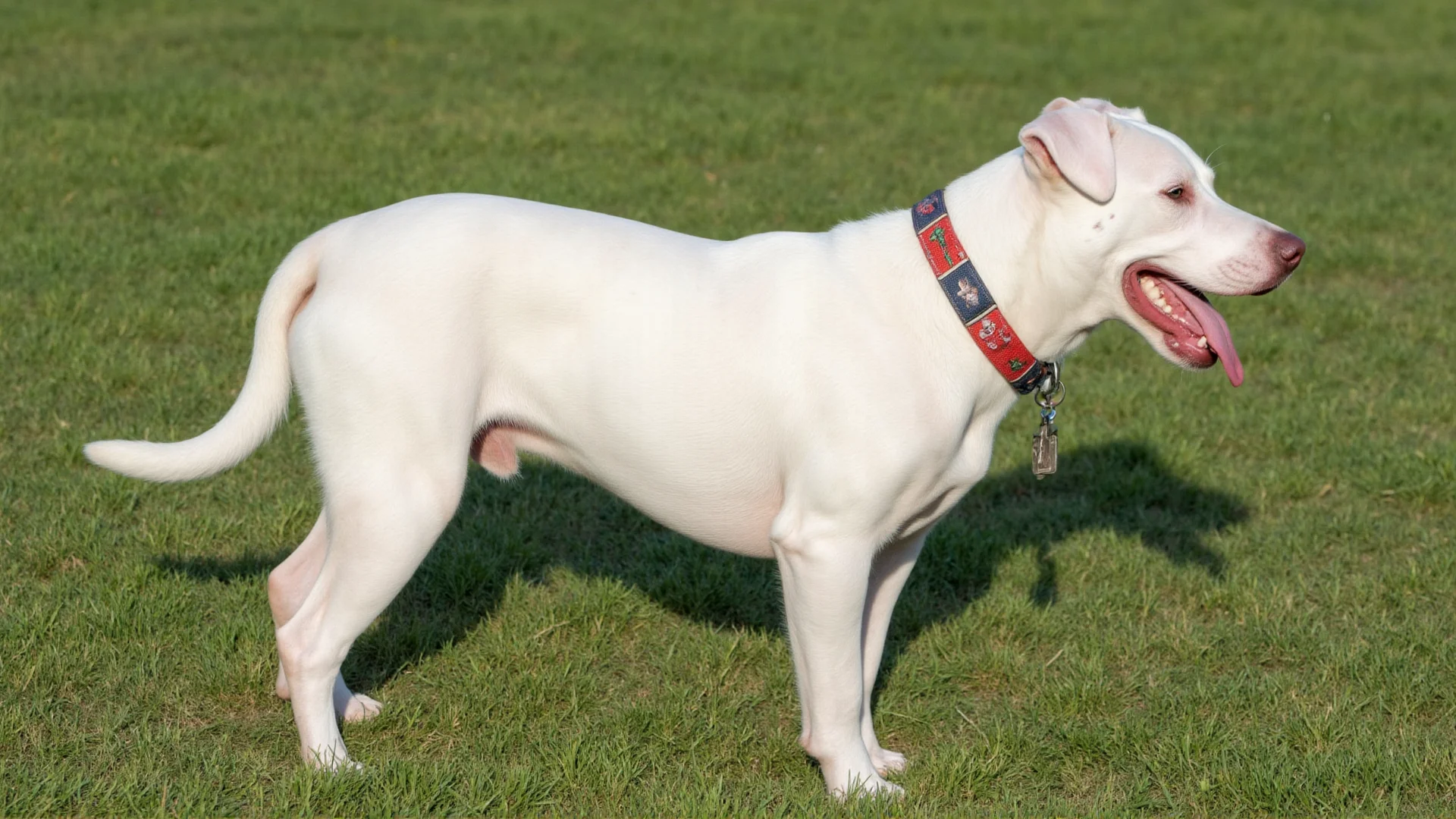The Tibetan Mastiff: From Ancient Guardian to Modern Protector - Understanding Their Hunting Heritage
The Tibetan Mastiff stands as one of the most impressive and ancient dog breeds in the world, with a rich heritage deeply rooted in the harsh landscapes of the Himalayas. While not traditional hunters in the conventional sense, these magnificent dogs possess hunting-related instincts that have been honed over millennia to protect livestock and property from formidable predators.
The Ancient Origins of a Legendary Guardian
The Tibetan Mastiff's history stretches back over 5,000 years, originating in the remote regions of Tibet, Nepal, and the surrounding Himalayan territories. These dogs were bred by nomadic cultures who needed a reliable guardian capable of protecting their flocks from wolves, snow leopards, bears, and other dangerous predators that roamed the mountainous terrain.
Unlike traditional hunting dogs that chase and retrieve game, Tibetan Mastiffs developed as livestock guardian dogs with hunting-related skills focused on predator deterrence and elimination. Their role required them to be independent thinkers, capable of making split-second decisions when faced with threats to their charges.
Guardian Instincts: The Hunting Connection
While Tibetan Mastiffs aren't hunters in the traditional sense, their guardian instincts share many characteristics with hunting breeds:
Prey Drive and Predator Recognition
These magnificent dogs possess a highly developed ability to distinguish between normal wildlife and potential threats. Their selective prey drive allows them to coexist peacefully with the animals they protect while remaining vigilant against predators. This discernment required generations of careful breeding and training.
Tracking and Scenting Abilities
Tibetan Mastiffs have exceptional scenting abilities that rival many traditional hunting breeds. They can detect the presence of predators from remarkable distances, often alerting to threats long before humans become aware of danger. This early warning system was crucial for nomadic herders moving through treacherous terrain.
Tactical Hunting Behavior
When confronting predators, Tibetan Mastiffs employ sophisticated hunting strategies:
- Containment tactics: They work to corner or isolate threats
- Pack coordination: Multiple dogs coordinate their efforts
- Strategic positioning: They use terrain to their advantage
- Intimidation displays: Their imposing presence often deters predators without physical confrontation
Physical Adaptations for Guardian Work
The Tibetan Mastiff's physical characteristics reflect their specialized role as high-altitude guardians with hunting-related responsibilities:
Size and Strength
Males typically weigh between 100-160 pounds, with females ranging from 75-120 pounds. This substantial size allows them to face down large predators such as wolves and bears. Their muscular build provides the power necessary for physical confrontations when deterrence fails.
Weather Resistance
Their dense double coat protects them during long nights spent patrolling in sub-zero temperatures. This adaptation allows them to remain effective guardians year-round in some of the world's harshest climates.
Enhanced Senses
Tibetan Mastiffs possess exceptional night vision and hearing, adaptations that serve them well during their primarily nocturnal guardian duties. These enhanced senses are comparable to those found in specialized hunting breeds.
Modern Applications of Ancient Instincts
Today's Tibetan Mastiffs retain the same powerful instincts that made their ancestors so valuable to Himalayan herders. Understanding these traits is crucial for modern owners:
Property Protection
Modern Tibetan Mastiffs excel as property guardians, using their ancient skills to protect homes and families. Their ability to assess threats and respond appropriately makes them exceptional guard dogs for those who understand their needs.
Livestock Guardian Work
Many Tibetan Mastiffs continue to work in their traditional role, protecting sheep, goats, and cattle from predators. Ranchers in areas with wolf, coyote, or bear populations often rely on these dogs to safeguard their livestock.
Search and Rescue Applications
Their tracking abilities and resilience in harsh conditions make some Tibetan Mastiffs valuable in search and rescue operations, particularly in mountainous terrain where their natural adaptations provide advantages.
Training and Managing Guardian Instincts
Owning a Tibetan Mastiff requires understanding and properly channeling their powerful guardian instincts:
Early Socialization
Proper socialization from puppyhood is essential to help these dogs distinguish between normal visitors and genuine threats. Without adequate socialization, their protective instincts can become problematic in domestic settings.
Structured Training
These intelligent dogs respond best to consistent, patient training that respects their independent nature. Harsh training methods are counterproductive and can damage the trust necessary for effective partnership.
Mental Stimulation
Tibetan Mastiffs need mental challenges that engage their problem-solving abilities. Puzzle toys, scent work, and guardian training exercises help keep their minds sharp and focused.
Considerations for Potential Owners
The hunting-related guardian instincts of Tibetan Mastiffs make them unsuitable for novice dog owners. Potential owners should consider:
- Space requirements: These dogs need substantial space to patrol and exercise
- Noise considerations: Their guardian instincts include vocal alerts that may disturb neighbors
- Liability concerns: Their protective nature requires responsible ownership and proper containment
- Exercise needs: While not as active as traditional hunting breeds, they require regular exercise and mental stimulation
Health and Longevity
Like many large breeds, Tibetan Mastiffs face specific health challenges that owners should understand:
Common health concerns include hip dysplasia, elbow dysplasia, and certain eye conditions. Regular veterinary care and health screening of breeding stock help maintain the breed's overall health and working ability.
With proper care, Tibetan Mastiffs typically live 10-12 years, during which they remain dedicated guardians and loyal family companions.




